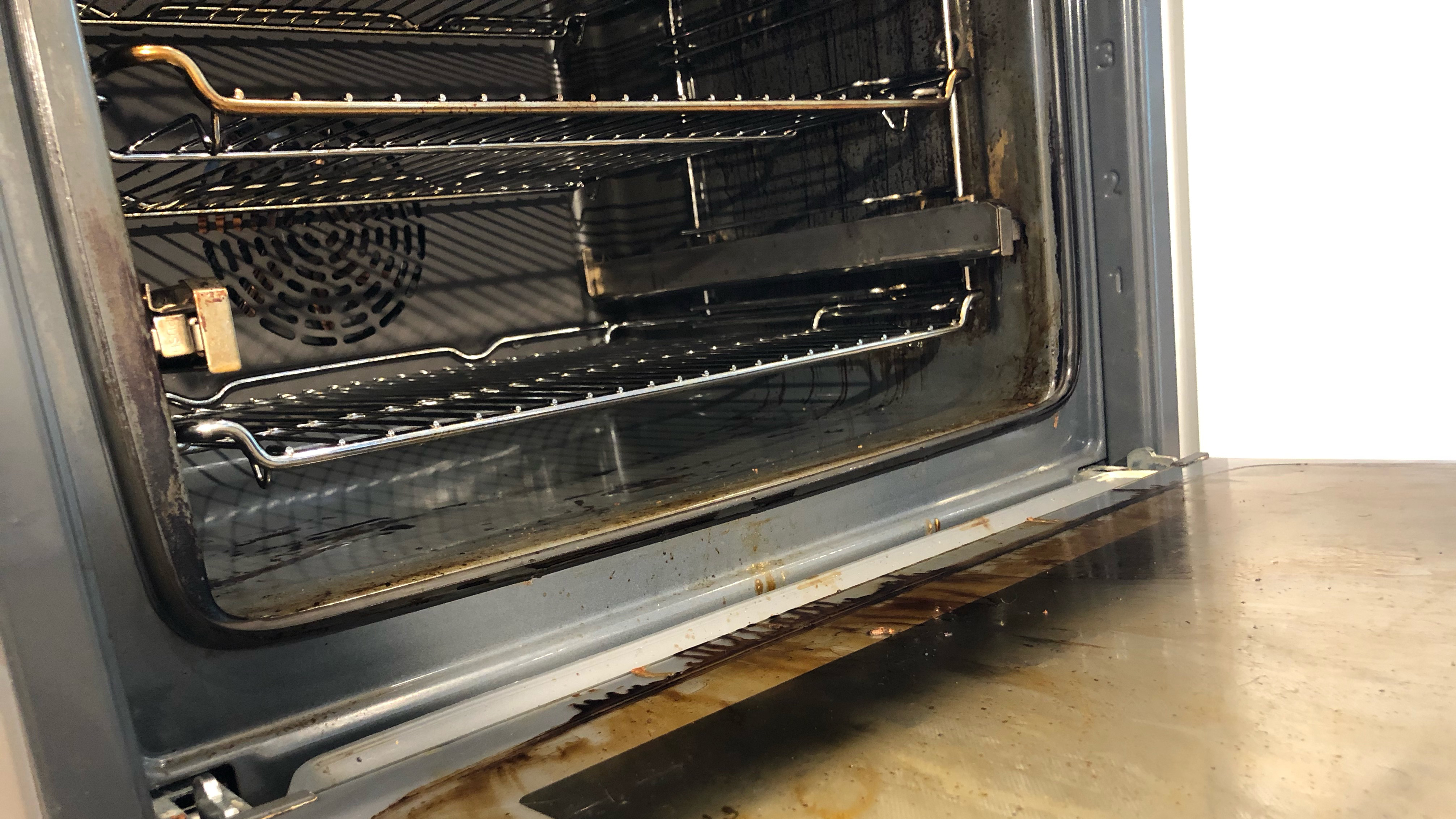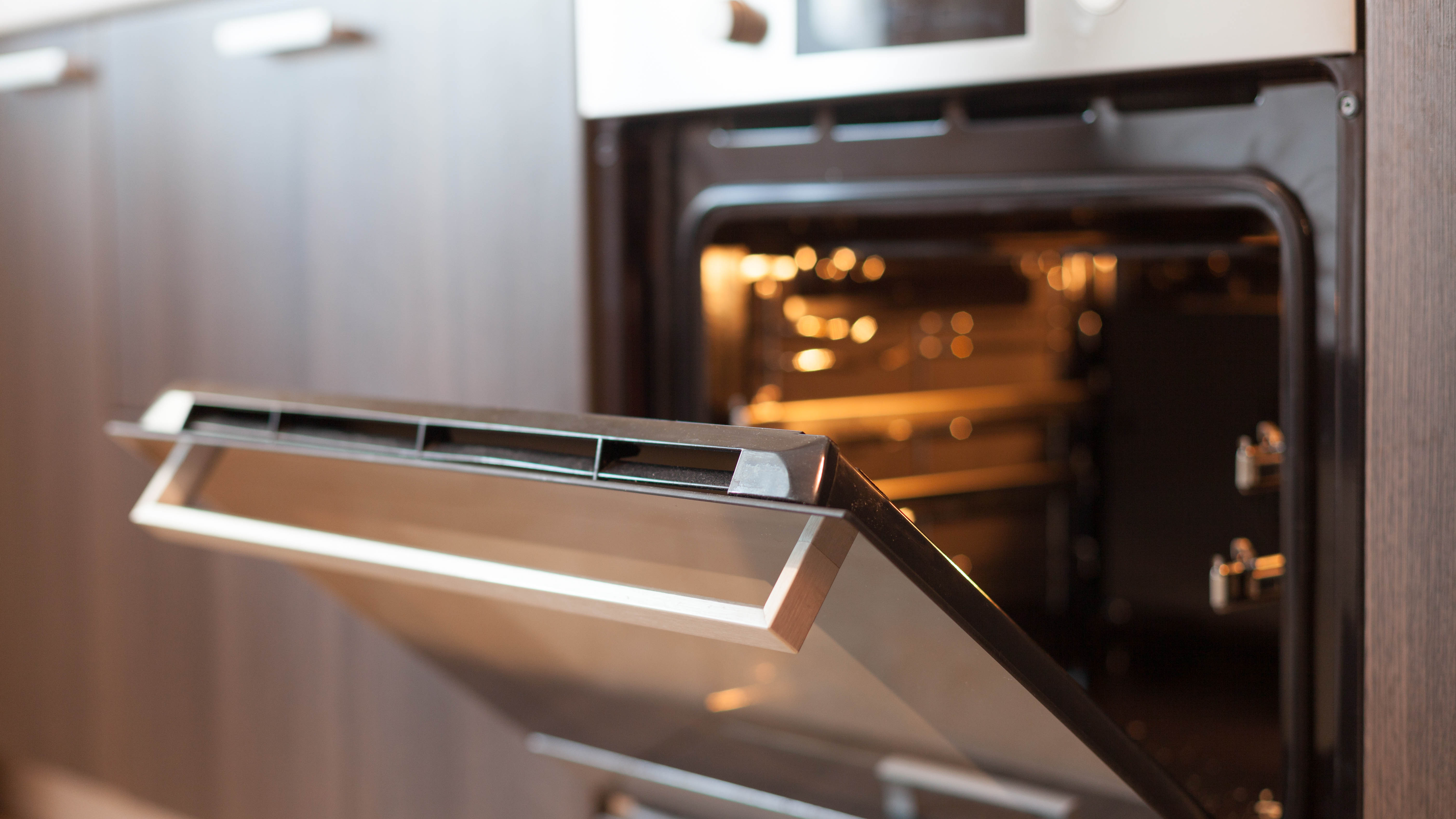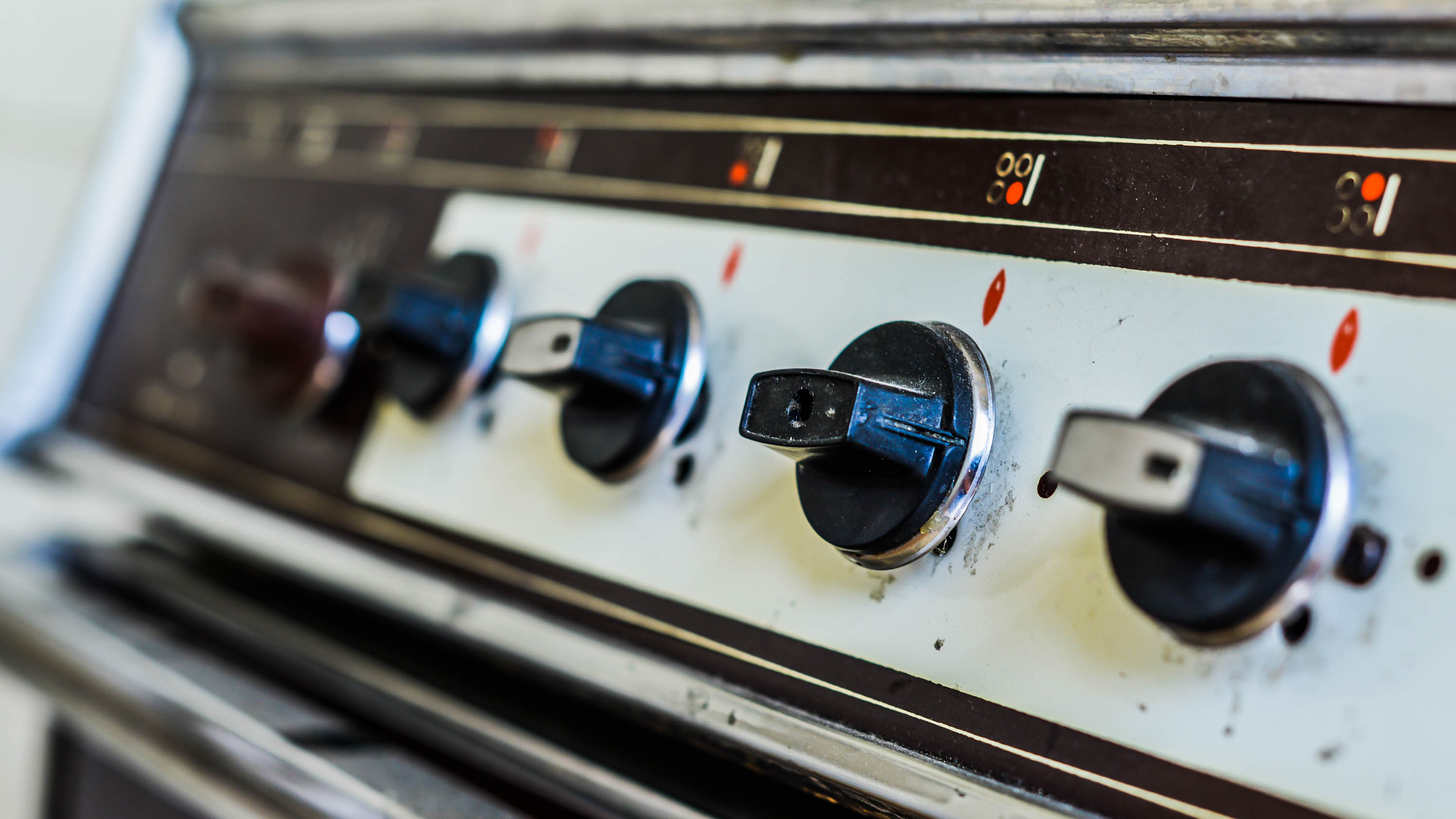7 oven mistakes you never knew you were making
Avoid these oven-mistakes at all costs

Whether you own one of the best electric ranges, or best gas ranges, the oven is a quintessential part of our kitchen. We use it day in and day out to cook our meals until they’re ready to serve. And while you’re likely well-versed with your oven and settled in your habits, there are actually several mistakes you could be making with this appliance.
You might think nothing of some of these mistakes, but the fact is they’re likely costing you money, impacting the quality of your meals and even damaging your appliance. That’s why it’s imperative that you address any of the following if you know you're guilty. Here are 7 mistakes you never knew you were making with the oven.

Katie Mortram is the homes editor at Tom’s Guide and oversees our buying guides and advice for all appliances. She's been testing and writing about appliances for over seven years, from electric kettles to full blown dishwashers. However, ovens have always been a fascination of hers, mainly because of the difference in performance you can get between models.
1. Leaving it preheating for too long

It’s all too easy to preheat your oven and then forget about it, particularly if you’re distracted by a phone call or the TV. Once your oven reaches temperature, any delay in using it is literally money down the drain. For instance, if you leave your oven at full temperature for 5 minutes each day before you load the food, that equates to it running for over 30 hours a year to no purpose.
Time roughly how long it takes for your oven to preheat, and then set that time on your phone for future reference. Of course, the exact time it takes to preheat will vary with each use depending on your settings and external conditions, but if you have a rough guide and don't forget about it, your oven won’t waste too much energy.
If you want to cook in the oven as you preheat it, you can — simply account for it in your total cooking time. Bearing in mind that the oven’s not at full temperature yet, you will likely have to add a few minutes onto the cooking time. If in doubt, check your food to make sure it’s up to temperature.
2. Forgetting to clean it

Whether you forget to clean your oven, or simply ignore it, it’s not a good habit. Residual food will drip and splatter across the interior of the oven with each meal, building up until it reaches the stage where you can’t see through the glass door. Add to that, as food burns to the interior, it produces a burning smell, accompanied by toxic smoke every time you open the door. While this smoke contains carbon monoxide as well as other harmful gases, the residual food left behind can also pose a fire hazard.
On top of all that, the smell of the burning foods can actually impact the quality of future dishes you cook in there. In extreme situations, a dirty oven can even take its toll on the lifespan of the appliance. The more often you clean your oven, the less effort it will be to clean between sessions — check out our guide on how to clean an oven for full instructions. Once you've done that, here are 7 tips to keep your oven cleaner for longer.
Sign up to get the BEST of Tom's Guide direct to your inbox.
Get instant access to breaking news, the hottest reviews, great deals and helpful tips.
If you own a modern oven, you might also have access to a pyrolytic cleaning function as well. This essentially locks the door and heats the inside to an extremely high temperature — up to 932°F. In doing this, any residual food inside will turn to ash, making it quick and easy to clean up after. Be warned, once you start this program your oven will be out of action for the duration, which can be up to three hours. There’s also self-cleaning functions available which use steam to clean the cavity, although this is less aggressive.
3. Using the same setting

Just as it is with the best washing machines, we are creatures of habit, and we just love to use the same settings over and over. But, if you stop and look, there are several settings on offer from your oven, each of which will suit different dishes and produce better results. While convection is the go-to setting for most meals these days, there may be variations of it to suit different circumstances, such as baking and broiling. However, certain dishes, such as a fruit cake or soufflé, are best prepared without the fan. Consult your manual for settings guidance and always follow the instructions on the food packaging for temperature and time.
While your temperature setting can be precise, thermostats are rarely accurate. Some ovens run slightly hotter or cooler than they should, which means you end up slightly overcooking the item, or having to leave it in there for a few more minutes. Learn the true temperature of your oven and adjust your timings as necessary going forward.
4. Opening the door too often

We’ve all done it. You want to get a quick look at your dinner to check if it’s ready, so you pry open the door and take a peek. The problem is, every time you do this, a lot of heat escapes from your oven — so much so that it needs to heat itself back up again to temperature, which can extend the cooking time and costs you money in the process.
Make use of the glass window instead and switch on the internal light if necessary. If you can’t make out your food through the door, then that’s a sign that your oven needs a clean. If you need to remove the food to rotate it, make sure you close the door while you do this as well.
5. Not taking advantage of the space

There’s a lot of space inside of an oven when you think about it, especially if you make use of all the shelves. So why would you only cook one item in there? Each time you use the oven, take advantage of any spare space where you can. Cook your work lunches in advance or prep any weekend sweet treats, such as brownies.
If you really do only have one small thing to cook, perhaps invest in one of the best air fryers for these situations going forward. These will use much less energy versus the oven, plus they’re just as fast and quick to clean.
6. Using the wrong rack levels

There’s a reason your oven offers so many shelf levels. Certain foods should be cooked at different heights to get the best result. So if you stick to one level for everything, you’re definitely making a mistake.
For general guidance, the top levels will get the hottest because heat rises, so you’ll want to use these shelves for dishes you want to cook quickly. Broiling, browning and toasting are best done on the top shelves, so if you’re grilling hamburgers, or melting anything with cheese, use these levels. The center of the oven is the go-to space for everyday dishes because the heat flow is even; use this space for baking and braising — casseroles work well here. Finally the lower end of the oven will apply a lot of heat to the underside of your dishes, so use this section for large roasts, such as turkeys.
7. Failing to replace it

If your oven has seen better days, it might be time to bite the bullet and replace it. Modern ovens are much more energy efficient than those manufactured 10+ years ago, so you could save on your bills by making the switch. Check out our lists of the best electric ranges and best gas ranges for some inspiration.
For more tips, tricks and how tos, check out how to clean a dishwasher, how to clean a glass stove and electric vs gas stoves and everything you need to know.
Also read up on the 9 microwave mistakes you never knew you were making.

Katie Mortram used to be a Homes Editor for Tom's Guide, where she oversaw everything from kitchen appliances to gardening tools, as well as smart home tech. Specializing in providing expert advice for cleaning and home manintenance, she now works as Household Advice Editor for Good Housekeeping.
